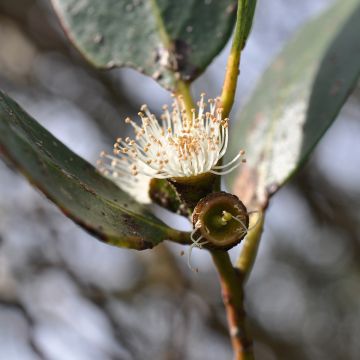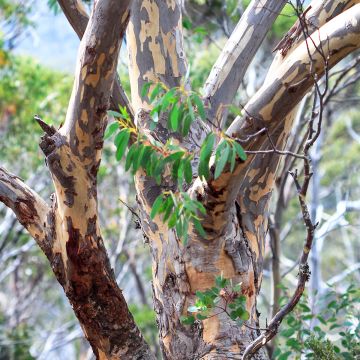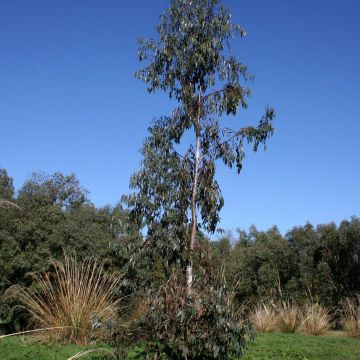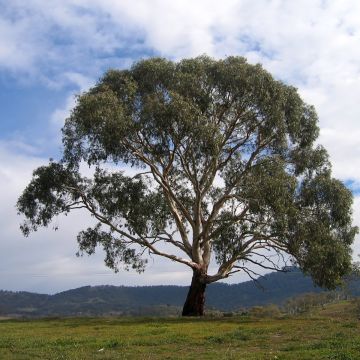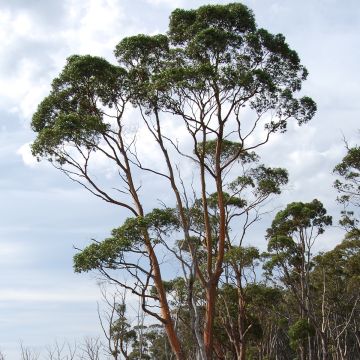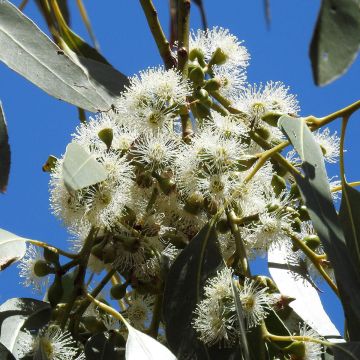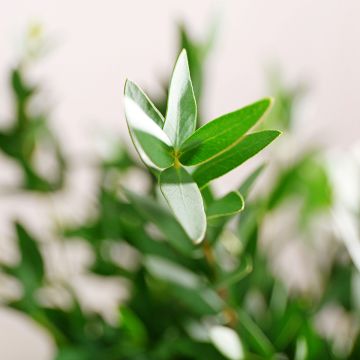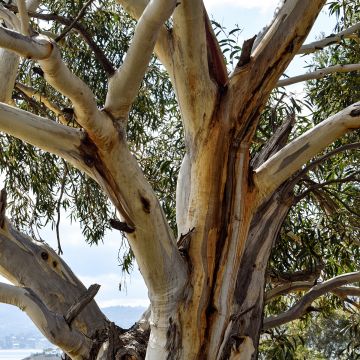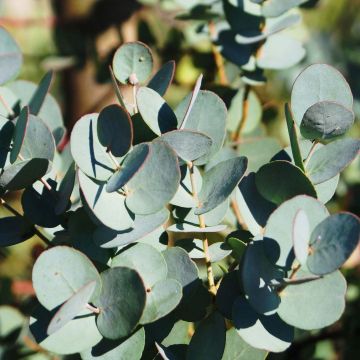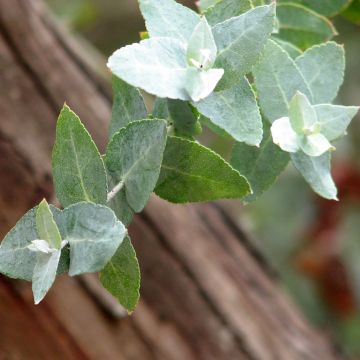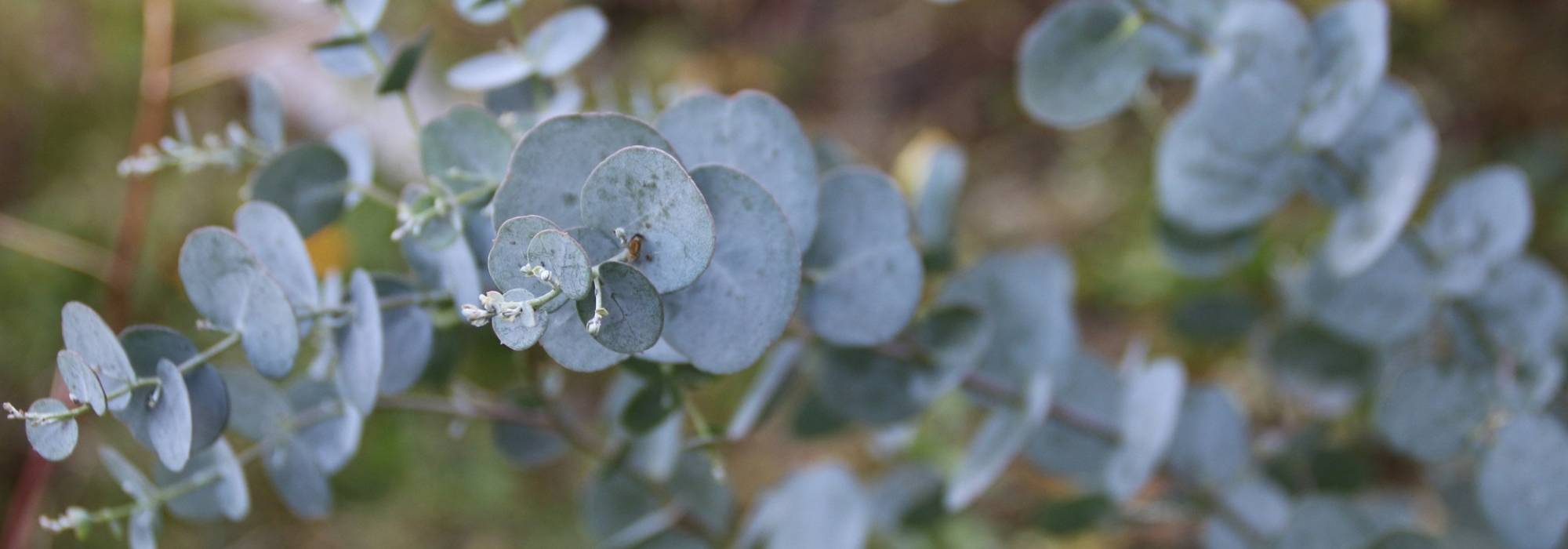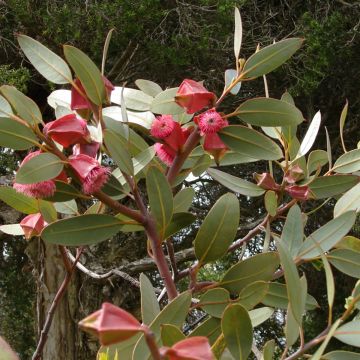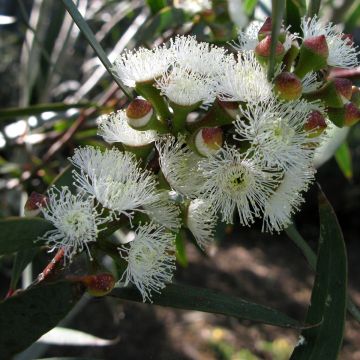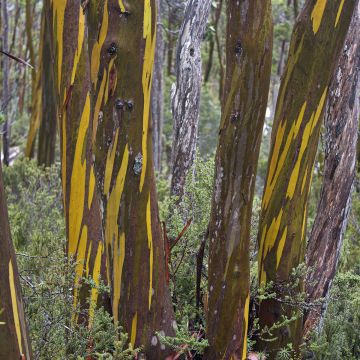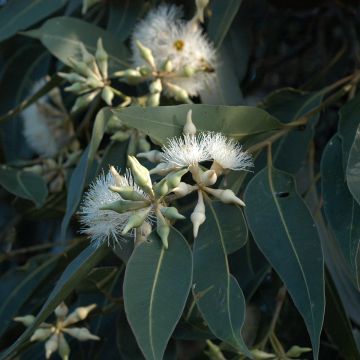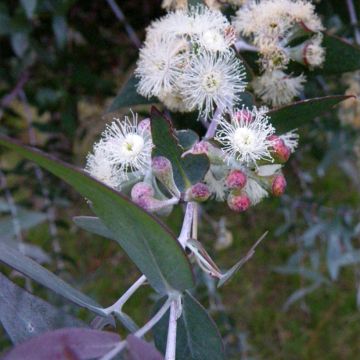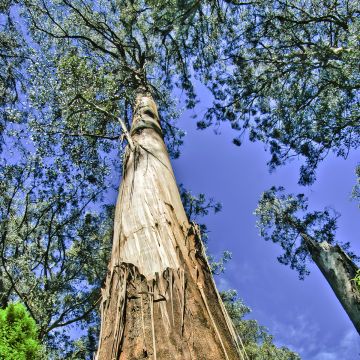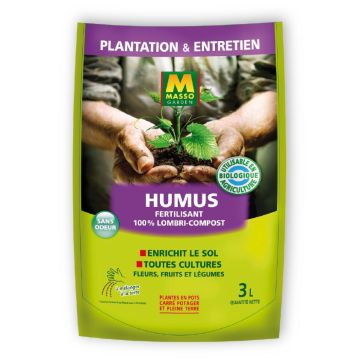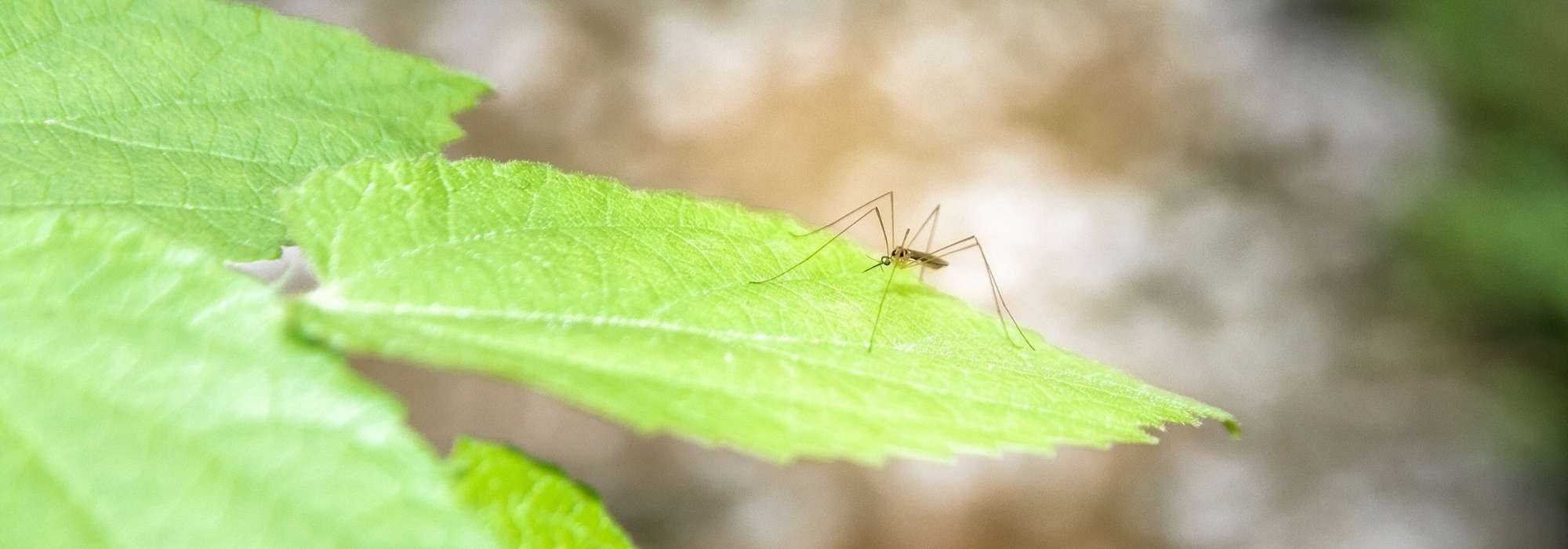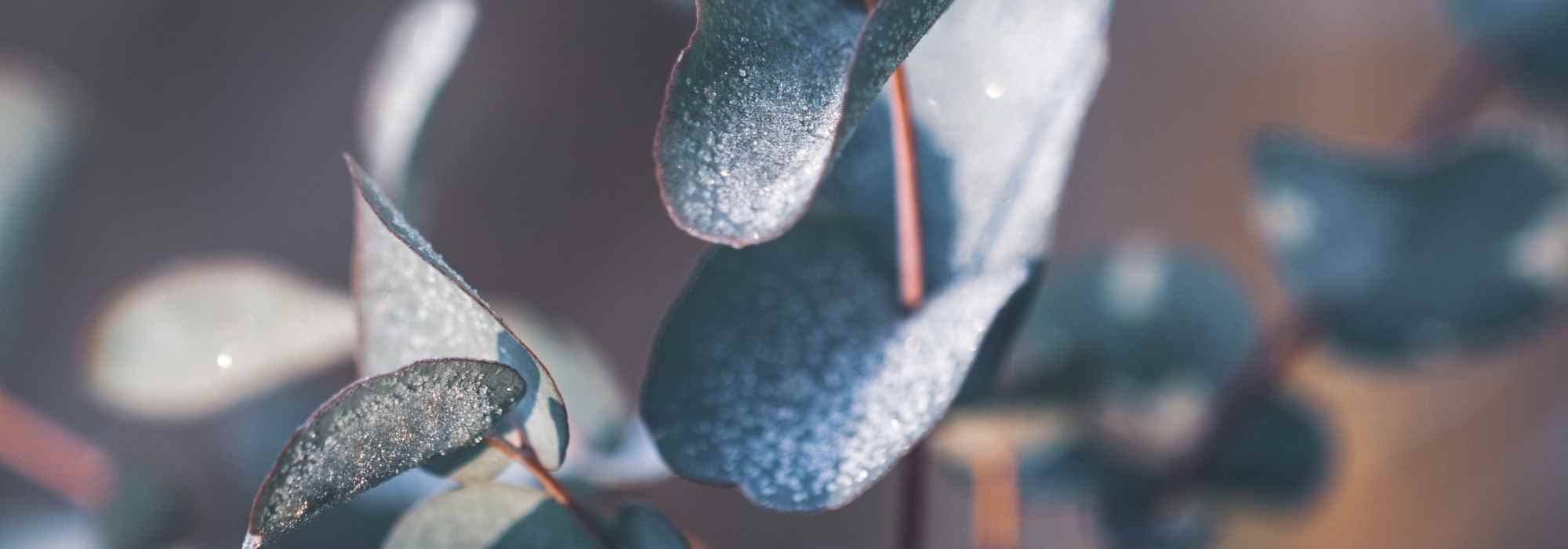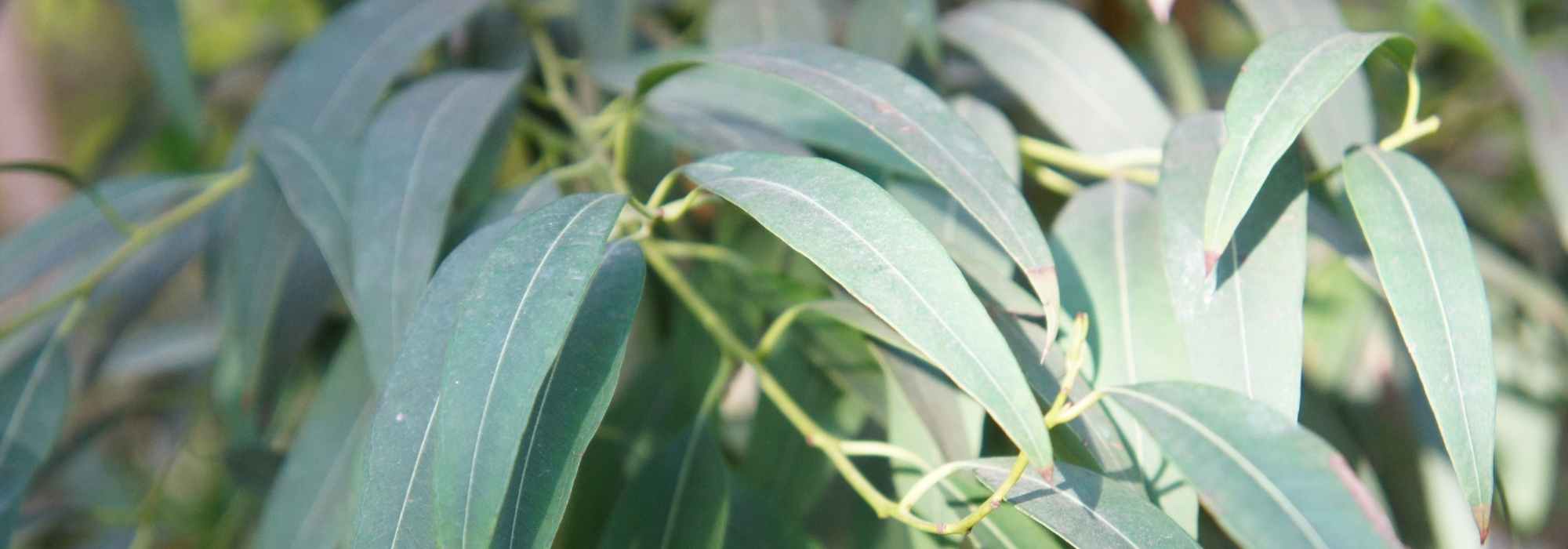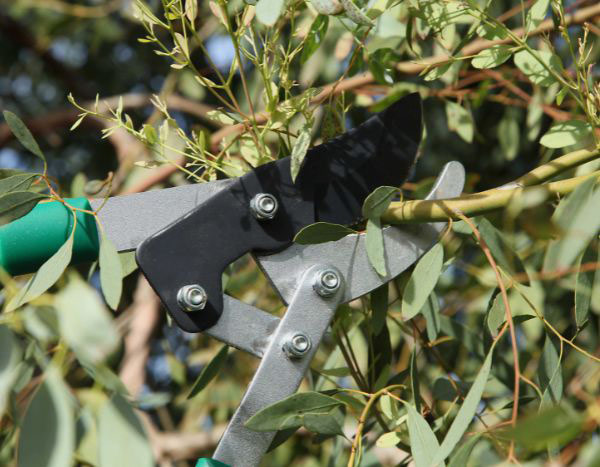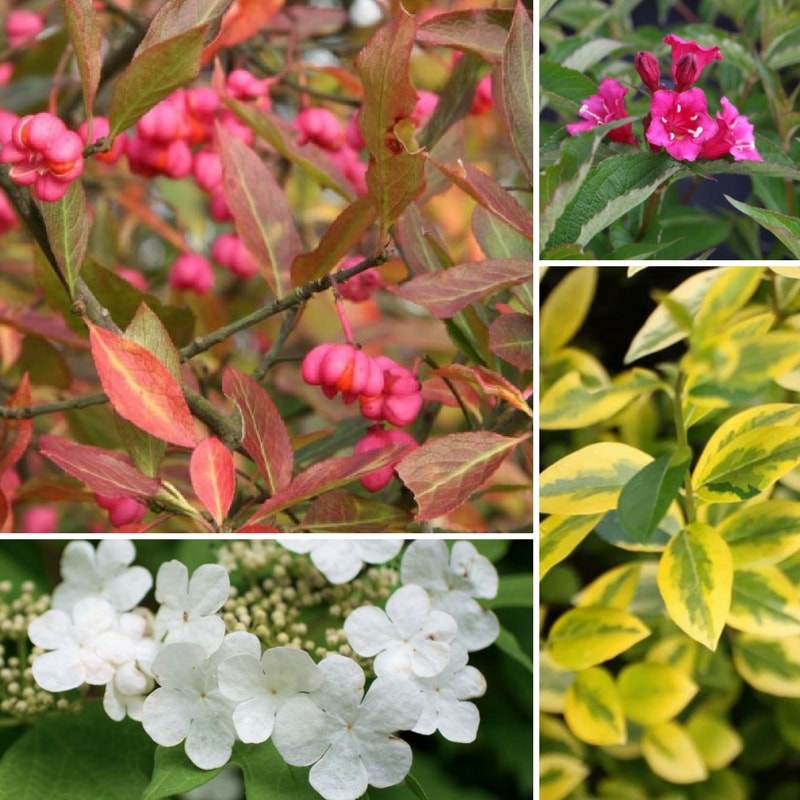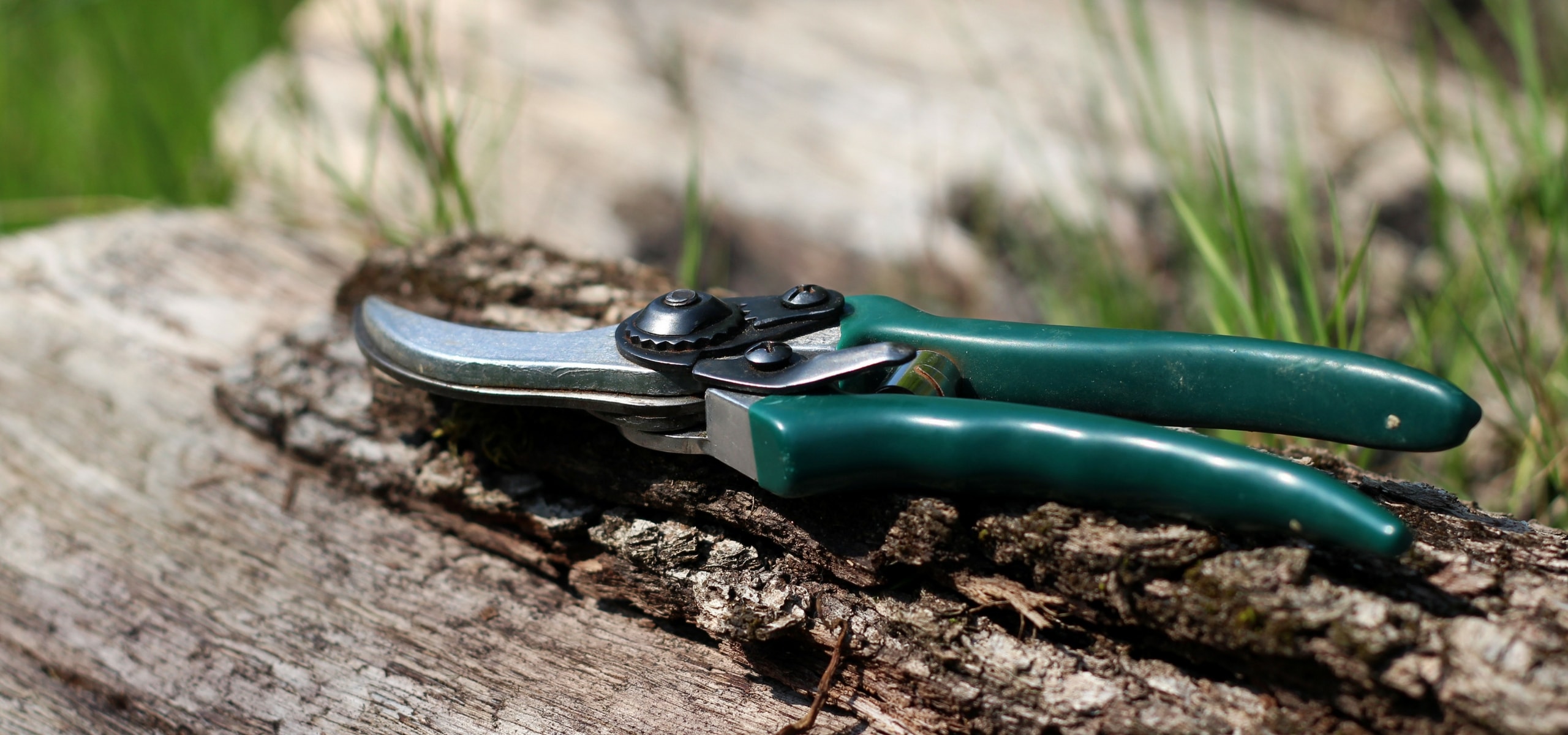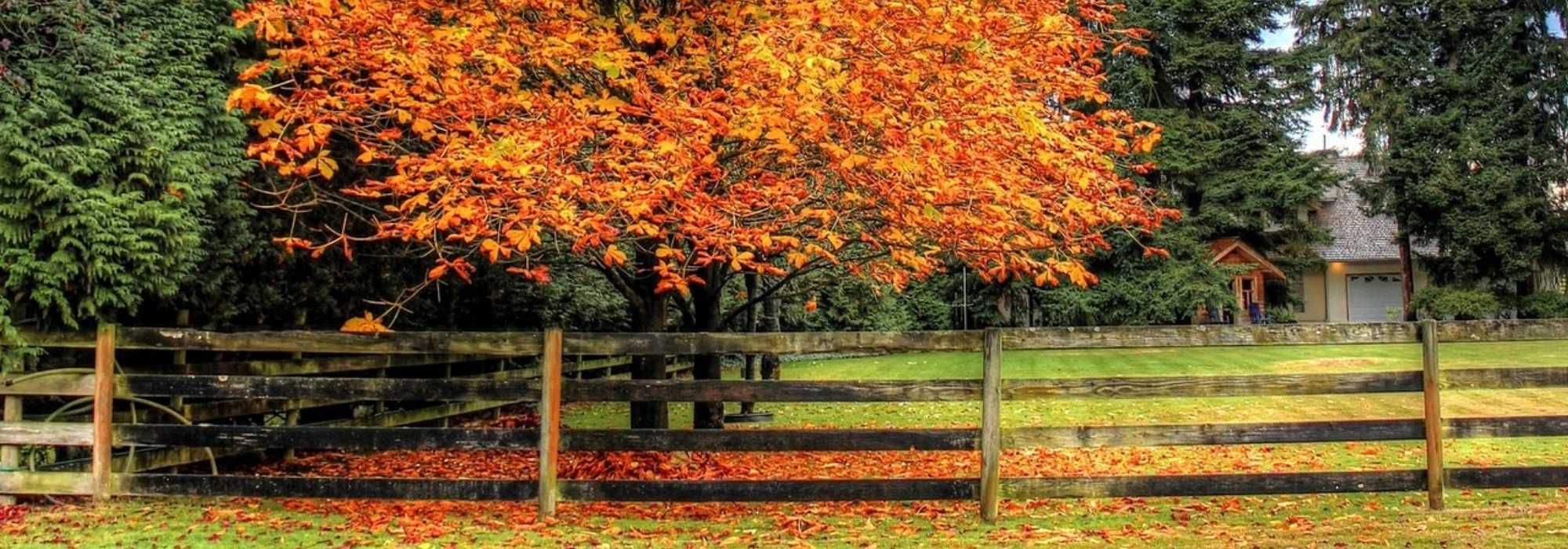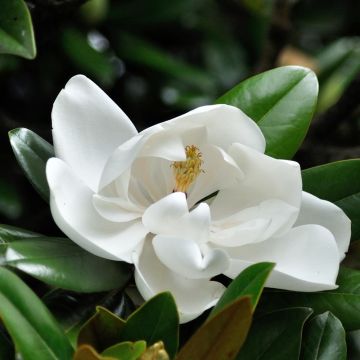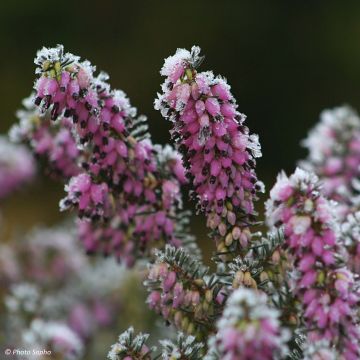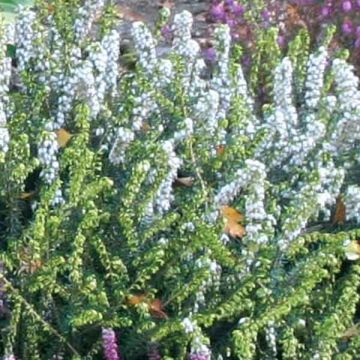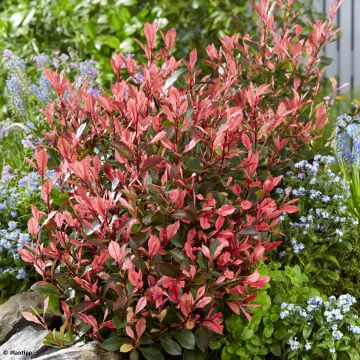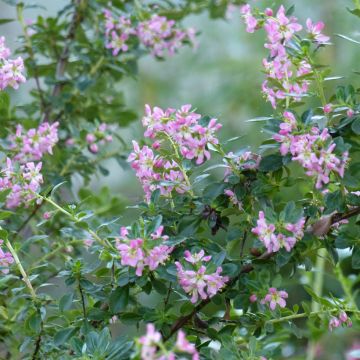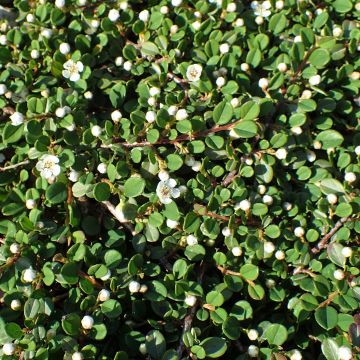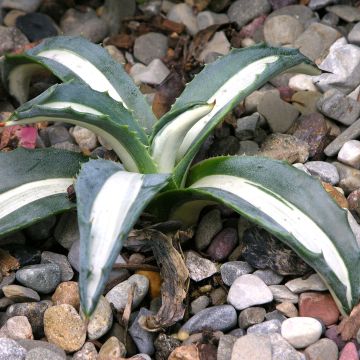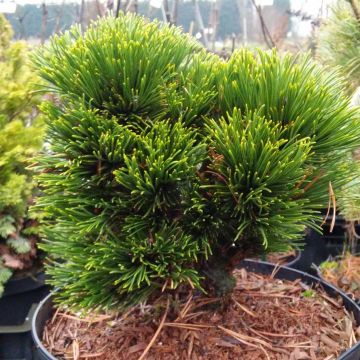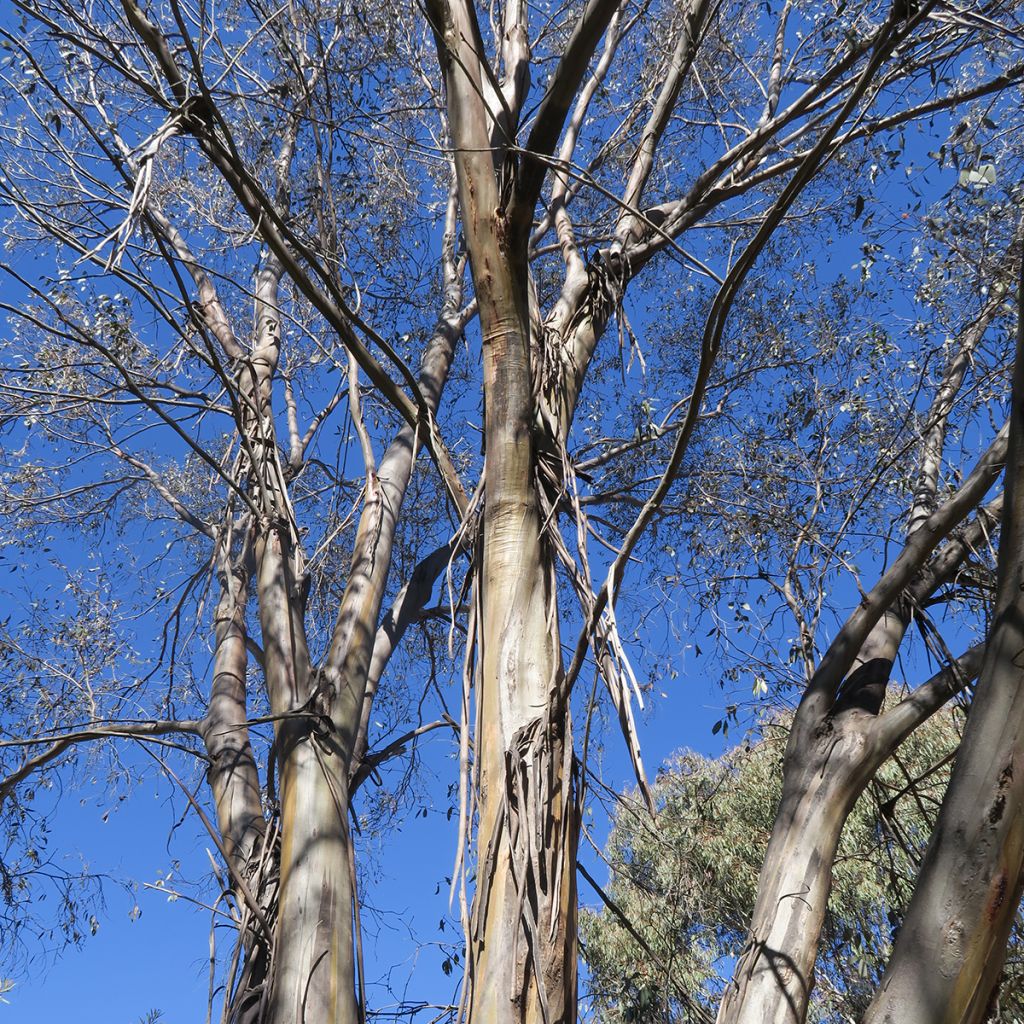

Eucalyptus stellulata Kiandra
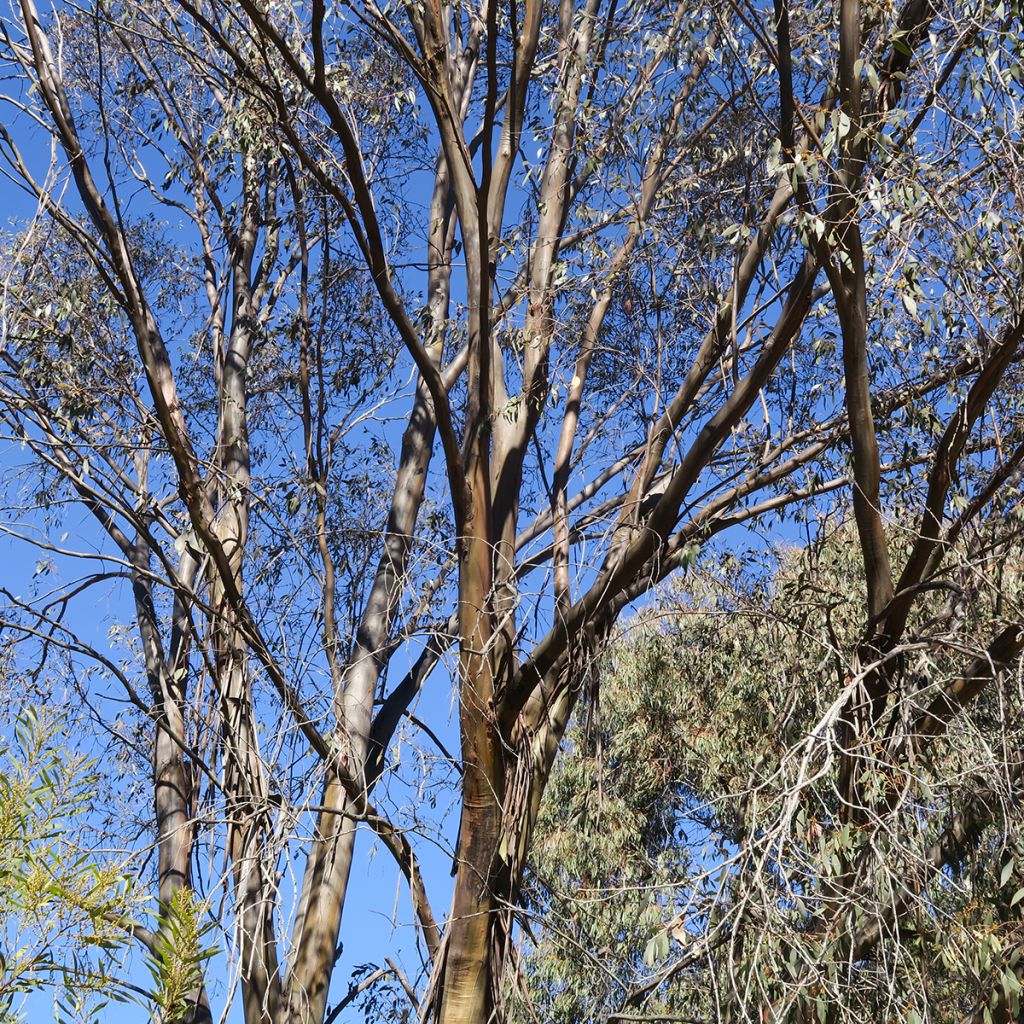

Eucalyptus stellulata Kiandra
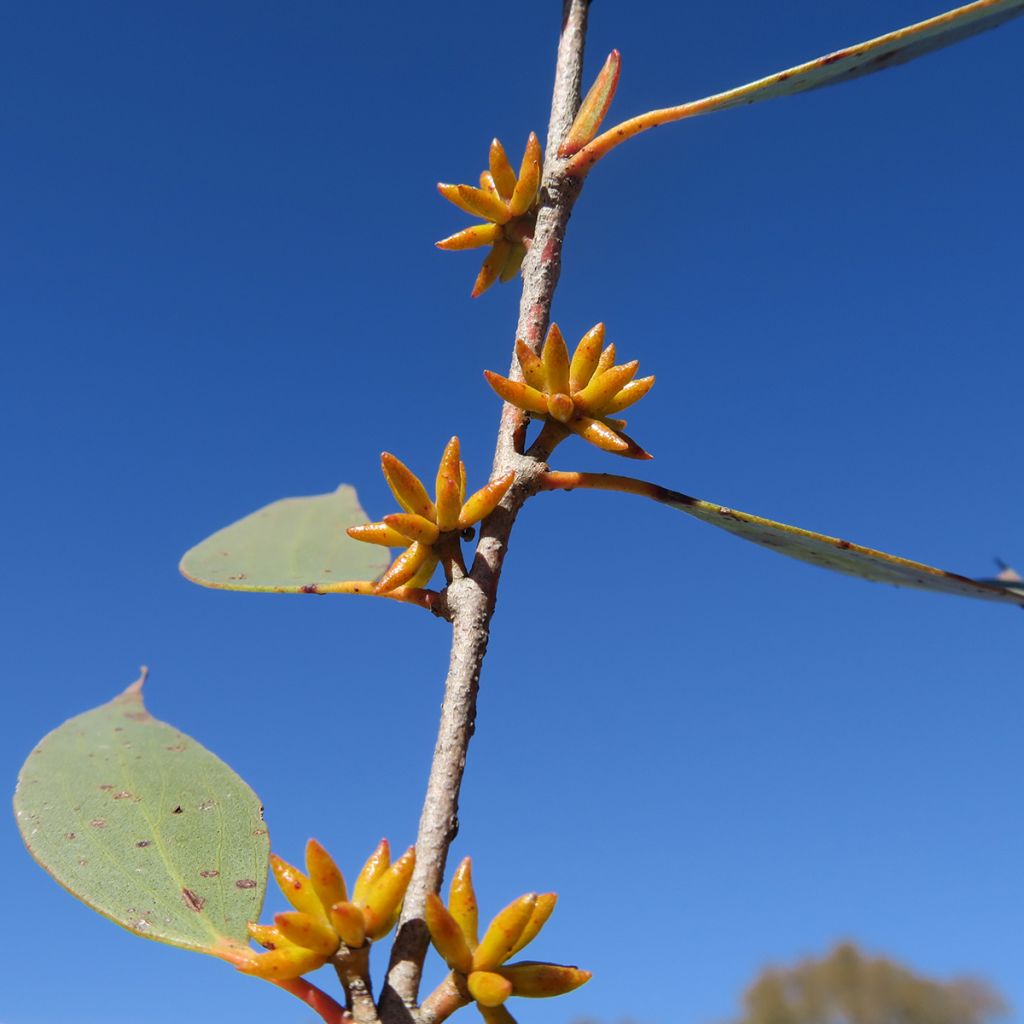

Eucalyptus stellulata Kiandra
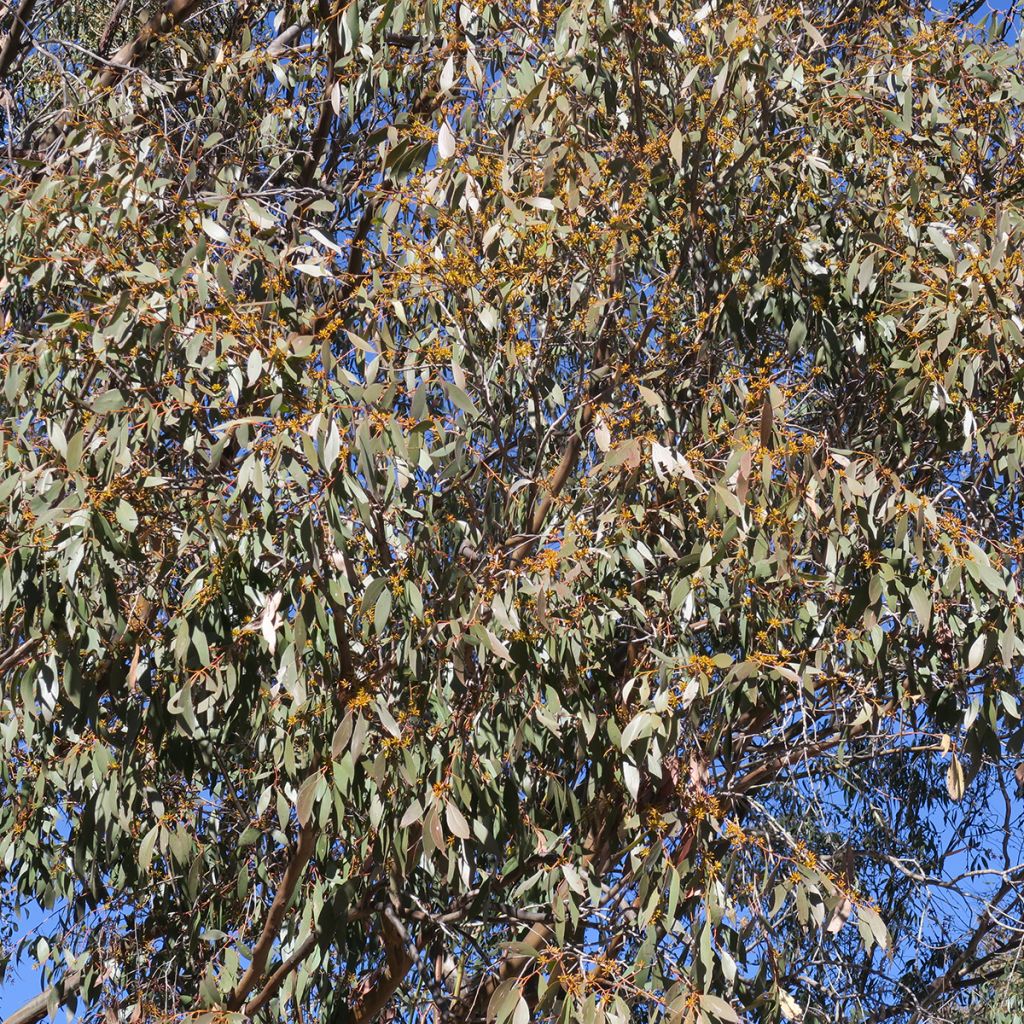

Eucalyptus stellulata Kiandra
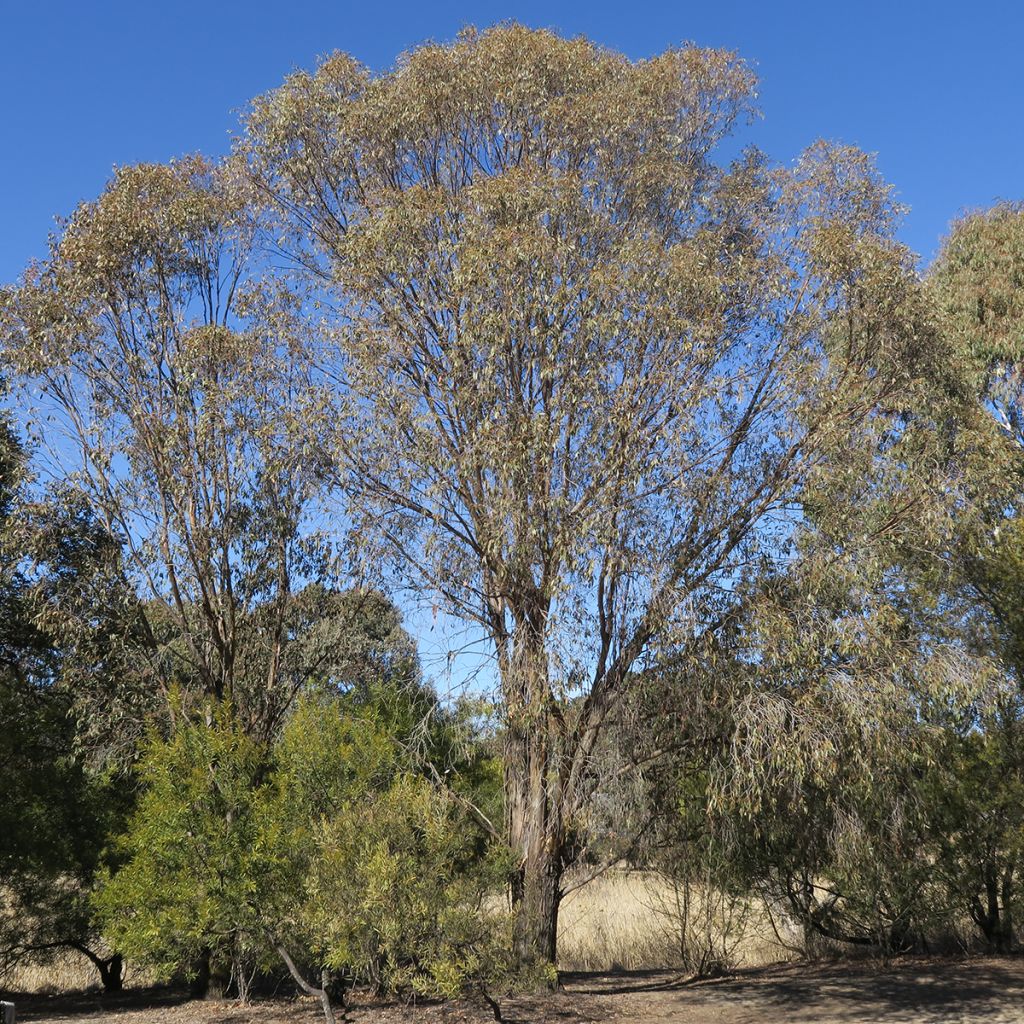

Eucalyptus stellulata Kiandra
Eucalyptus stellulata Kiandra
Eucalyptus stellulata Kiandra
Black mallee
Special offer!
Receive a €20 voucher for any order over €90 (excluding delivery costs, credit notes, and plastic-free options)!
1- Add your favorite plants to your cart.
2- Once you have reached €90, confirm your order (you can even choose the delivery date!).
3- As soon as your order is shipped, you will receive an email containing your voucher code, valid for 3 months (90 days).
Your voucher is unique and can only be used once, for any order with a minimum value of €20, excluding delivery costs.
Can be combined with other current offers, non-divisible and non-refundable.
Why not try an alternative variety in stock?
View all →This plant carries a 24 months recovery warranty
More information
We guarantee the quality of our plants for a full growing cycle, and will replace at our expense any plant that fails to recover under normal climatic and planting conditions.
Does this plant fit my garden?
Set up your Plantfit profile →
Description
Eucalyptus stellulata 'Kiandra' is a horticultural selection of this very beautiful Australian species, appreciated for its remarkably decorative bark. It is distinguished by its juvenile foliage of a pale lemon green, which contrasts pleasantly with the reddish young shoots. The bark is sumptuous, grey and green in several tones, with here and there a few touches of brown or white. Charming flowering in white pompons appears at the end of winter in our climates. This eucalyptus will adapt to many regions, and to any type of soil, even clayey and wet. Slow growing to start with, then accelerating, it tolerates pruning very well, which limits its development and allows it to be planted even in medium-sized gardens.
Eucalyptus stellulata is a beautiful tree from the Myrtaceae family, native to the mountains of southeastern Australia, over a large geographical area in the states of Victoria and New South Wales. It is often found not far from watercourses and swampy areas, in sub-alpine levels, and occasionally also in drier areas. Moderately fast-growing for the genus, this gum tree develops several trunks from its base, topped by a large, not very dense crown, with a spreading and slightly weeping habit. It reaches a mature size of about 15 m (49 ft 2 in) in height and 8-9 m (26 ft 2 in-29 ft 6 in) in width, under good conditions. Subjected in its country of origin to hot summers, but without a marked dry season, and to cold winters, it resists brief frosts of around -14°C (6.8 °F).
Kiandra is a horticultural selection of an English nursery located near Birmingham, and specialised in Eucalyptus. It presents beautiful juvenile foliage of a light green leaning a little towards yellow forming a very pretty contrast with the reddish young branches. The adult foliage takes a more elongated to elliptical shape, with a pointed end. The leaves measure from 5 to 9 cm (2 to 3.5 in) long for 1.5 to 2.5 cm (0.6 to 1 in) wide, and are easily recognised with their 3 parallel veins. The aromatic foliage surprises with its scent of eucalyptol mixed with pineapple in an original fruity mix when the leaves are crumpled.
Another asset of this tree is its decorative bark, a range of pearl grey, lemon green and olive green, with sometimes a few inserts of brown and white. Very smooth, and shiny in the rain, which particularly enhances it, it is really magnificent. Flowering takes place in March and April in our climates, on plants a few years old. These are in fact round, petal-less flowers, composed of a multitude of white stamens tightly arranged like pompons. They bloom between the leaves, grouped in umbels of 9 to 15 all along the branches and are followed by the formation of green cup-shaped fruits, turning brown when ripe.
Eucalyptus 'Kiandra' has a slow growth at the beginning, then it accelerates to reach a shoot of about 1.50 m (4 ft 11 in) per year. Able to reach 15 m (49 ft 2 in) in height in 15 to 20 years, it is possible to keep it in more modest dimensions by pruning it regularly. Like all Eucalyptus with a lignotuber, an underground formation that allows a clump to regrow when the aerial part is destroyed, it reacts very well to coppicing.
Eucalyptus stellutata Kiandra is a beautiful subject to place in isolation, or within a group. It brings an undeniable touch of exoticism to the landscape, and is decorative in all seasons. To dress its base, choose dry land plants such as scabious, iberis, centaury, nepetas, helianthemums, rue, acanthus, cistus, Calamintha nepeta. To compete in beauty with its bark, plant it close to Cyprus Arbutus (Arbutus andrachne) whose skin peels off in beautiful orange shreds, revealing a lighter bark underneath. Its evergreen foliage of a beautiful green, its flowering in white bells and its fruits that go from yellow to red as they ripen form a decorative scene all season long.
Eucalyptus stellulata Kiandra in pictures


Plant habit
Flowering
Foliage
Botanical data
Eucalyptus
stellulata
Kiandra
Myrtaceae
Black mallee
Australia
Other Eucalyptus
View all →Planting and care
Eucalyptus stellutata Kiandra is best planted at the start of spring in a cool climate, and the start of autumn in a dry and hot climate. Plant it in a well-prepared, moist, moist soil, not too chalky, in a warm and sunny situation. A mature specimen is hardy down to -12°C even -14°C in these conditions. Young plants are more sensitive to severe frosts, especially if the frost sets in for several days and the soil is moist. In warmer regions, you can plant it in the open ground, ensuring good drainage with the addition of coarse sand, pozzolan or non-limestone gravel. Water for the first two years, especially in summer, and if it is particularly dry and hot. Pruning is not necessary, even discouraged, to let the pretty habit of this superb eucalyptus express itself. Nevertheless, it is well tolerated after flowering or at the end of summer. The eucalyptus can be formed on a single trunk, by selecting the one that is best placed and cutting all the others flush.
Gum trees are useful for drying out wet lands, as they are big water consumers even in winter. However, they become quite resistant to drought once well installed (depending on the species and varieties) and do rather well in a Mediterranean-type climate.
Planting period
Intended location
Care
Planting & care advice
This item has not been reviewed yet - be the first to leave a review about it.
Similar products
Haven't found what you were looking for?
Hardiness is the lowest winter temperature a plant can endure without suffering serious damage or even dying. However, hardiness is affected by location (a sheltered area, such as a patio), protection (winter cover) and soil type (hardiness is improved by well-drained soil).

Photo Sharing Terms & Conditions
In order to encourage gardeners to interact and share their experiences, Promesse de fleurs offers various media enabling content to be uploaded onto its Site - in particular via the ‘Photo sharing’ module.
The User agrees to refrain from:
- Posting any content that is illegal, prejudicial, insulting, racist, inciteful to hatred, revisionist, contrary to public decency, that infringes on privacy or on the privacy rights of third parties, in particular the publicity rights of persons and goods, intellectual property rights, or the right to privacy.
- Submitting content on behalf of a third party;
- Impersonate the identity of a third party and/or publish any personal information about a third party;
In general, the User undertakes to refrain from any unethical behaviour.
All Content (in particular text, comments, files, images, photos, videos, creative works, etc.), which may be subject to property or intellectual property rights, image or other private rights, shall remain the property of the User, subject to the limited rights granted by the terms of the licence granted by Promesse de fleurs as stated below. Users are at liberty to publish or not to publish such Content on the Site, notably via the ‘Photo Sharing’ facility, and accept that this Content shall be made public and freely accessible, notably on the Internet.
Users further acknowledge, undertake to have ,and guarantee that they hold all necessary rights and permissions to publish such material on the Site, in particular with regard to the legislation in force pertaining to any privacy, property, intellectual property, image, or contractual rights, or rights of any other nature. By publishing such Content on the Site, Users acknowledge accepting full liability as publishers of the Content within the meaning of the law, and grant Promesse de fleurs, free of charge, an inclusive, worldwide licence for the said Content for the entire duration of its publication, including all reproduction, representation, up/downloading, displaying, performing, transmission, and storage rights.
Users also grant permission for their name to be linked to the Content and accept that this link may not always be made available.
By engaging in posting material, Users consent to their Content becoming automatically accessible on the Internet, in particular on other sites and/or blogs and/or web pages of the Promesse de fleurs site, including in particular social pages and the Promesse de fleurs catalogue.
Users may secure the removal of entrusted content free of charge by issuing a simple request via our contact form.
The flowering period indicated on our website applies to countries and regions located in USDA zone 8 (France, the United Kingdom, Ireland, the Netherlands, etc.)
It will vary according to where you live:
- In zones 9 to 10 (Italy, Spain, Greece, etc.), flowering will occur about 2 to 4 weeks earlier.
- In zones 6 to 7 (Germany, Poland, Slovenia, and lower mountainous regions), flowering will be delayed by 2 to 3 weeks.
- In zone 5 (Central Europe, Scandinavia), blooming will be delayed by 3 to 5 weeks.
In temperate climates, pruning of spring-flowering shrubs (forsythia, spireas, etc.) should be done just after flowering.
Pruning of summer-flowering shrubs (Indian Lilac, Perovskia, etc.) can be done in winter or spring.
In cold regions as well as with frost-sensitive plants, avoid pruning too early when severe frosts may still occur.
The planting period indicated on our website applies to countries and regions located in USDA zone 8 (France, United Kingdom, Ireland, Netherlands).
It will vary according to where you live:
- In Mediterranean zones (Marseille, Madrid, Milan, etc.), autumn and winter are the best planting periods.
- In continental zones (Strasbourg, Munich, Vienna, etc.), delay planting by 2 to 3 weeks in spring and bring it forward by 2 to 4 weeks in autumn.
- In mountainous regions (the Alps, Pyrenees, Carpathians, etc.), it is best to plant in late spring (May-June) or late summer (August-September).
The harvesting period indicated on our website applies to countries and regions in USDA zone 8 (France, England, Ireland, the Netherlands).
In colder areas (Scandinavia, Poland, Austria...) fruit and vegetable harvests are likely to be delayed by 3-4 weeks.
In warmer areas (Italy, Spain, Greece, etc.), harvesting will probably take place earlier, depending on weather conditions.
The sowing periods indicated on our website apply to countries and regions within USDA Zone 8 (France, UK, Ireland, Netherlands).
In colder areas (Scandinavia, Poland, Austria...), delay any outdoor sowing by 3-4 weeks, or sow under glass.
In warmer climes (Italy, Spain, Greece, etc.), bring outdoor sowing forward by a few weeks.






























